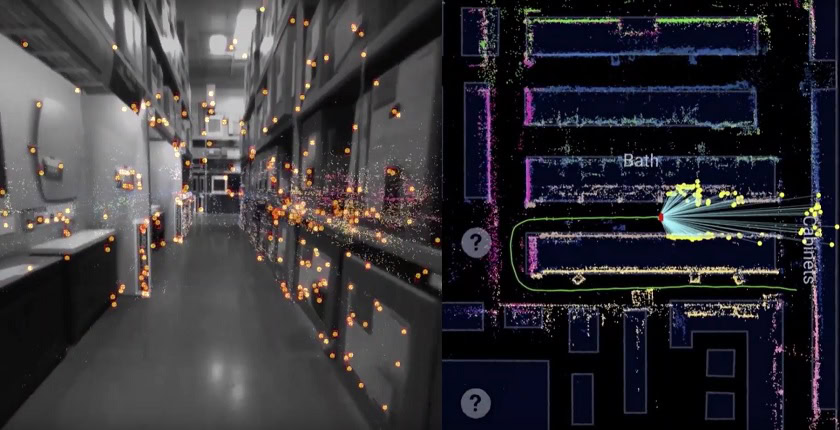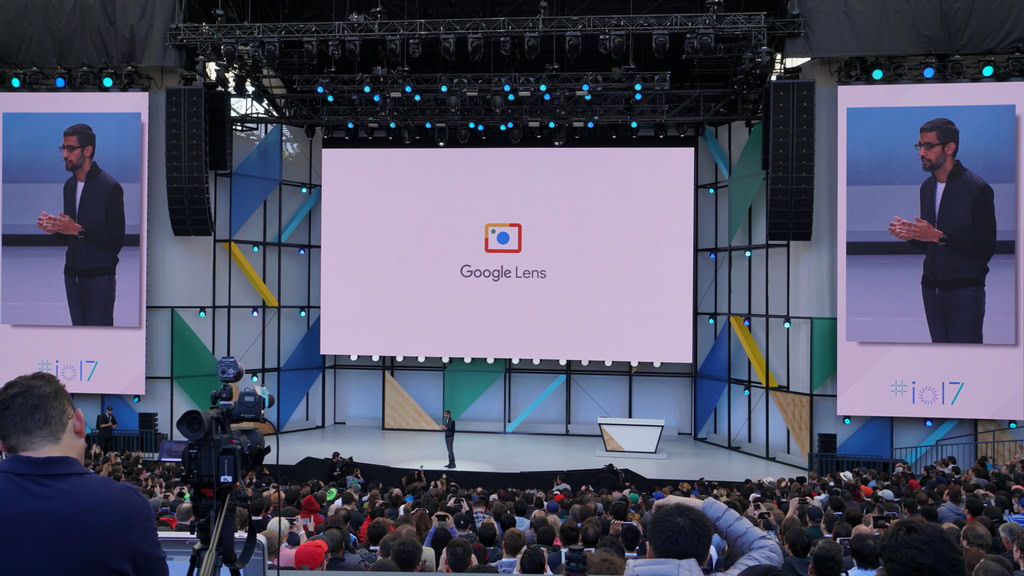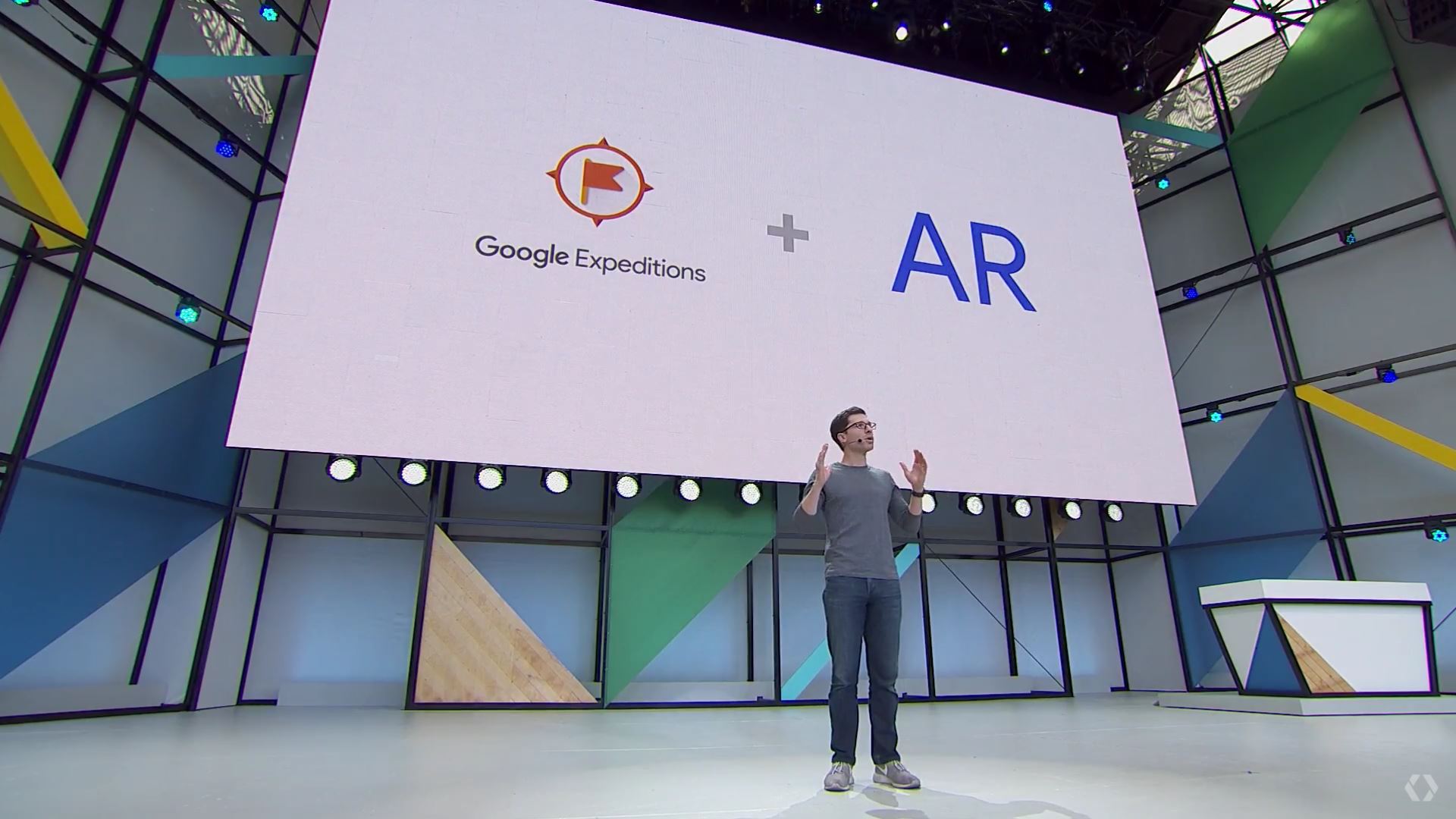Affiliate links on Android Authority may earn us a commission. Learn more.
Google has exciting new plans for Augmented Reality

Virtual reality might be generating the headlines in the PC and mobile spaces, but augmented reality is an equally, if not more, exciting prospect that’s also gaining a foothold in the here and now. At Google I/O 2017, Clay Bavor, Google’s Vice President of Virtual Reality, outlined some of the new technologies and features that could help make augmented reality … well a reality.
The big announcement was the company’s Visual Position Service (VPS), a new service that offers precise location information indoors, by looking for specific visual cues. VPS makes use of data from Google Maps and the camera and visual processing capabilities of Tango. Interestingly, this service isn’t designed to help you find your way around town or back home though, instead it can be used to located even more specific locations and even objects inside a business.
The example showcased at I/O saw VPS seek out a screwdriver inside a Lowe’s Home Improvement store. Using live imaging data, VPS compares a huge number of key visual feature points to work out its exact location down to just a few centimeters. Of course, we’d imagine that companies or users would have to upload additional data in order to provide directions, or perhaps previous data from other VPS users could be shared in the cloud. Anyway, Bavor says the idea is that “GPS can get you do the door, and VPS can get you to the exact item you’re looking for.”

This technology also shows some promise for the vision impaired, as it can be combined with an audio interface to provide directions around nearby objects and obstacles. Importantly, Google’s VPS technology will be a core part of its new Google Lens software, suggesting that the company expects to support this across a large number of devices in the future.

Google also sees Education as an exciting avenue for its Tango technologies. During the I/O keynote, Bavor also recapped the fact that 2 million students had made use of its Expeditions Cardboard software to take virtual reality field trips. Google is now extending this programming with a new augmented reality mode too, called Expeditions AR.
The technology enables teachers and students to view objects in augmented reality to use as a learning tool, ranging from the Statue of David through to a strand of DNA or parts of the human body. Google will be bringing AR lessons to classrooms through its Pioneer Program, which will roll out later in the year.

In the long term, Google views both virtual and augmented reality as part of what is called “immersive computing”, where devices operate in a manner that’s closer to how we see and interact with the world. So rather than just providing a heads-up-display overlaying the real world, augmented reality could end up providing us with much more information about our surroundings and presenting it in a way that fits in naturally with the way we already interact with the world.
That’s certainly an interesting sounding idea, and Google’s efforts not only in Tango hardware, but also in machine learning and Google.ai are certainly pointing down the right track.